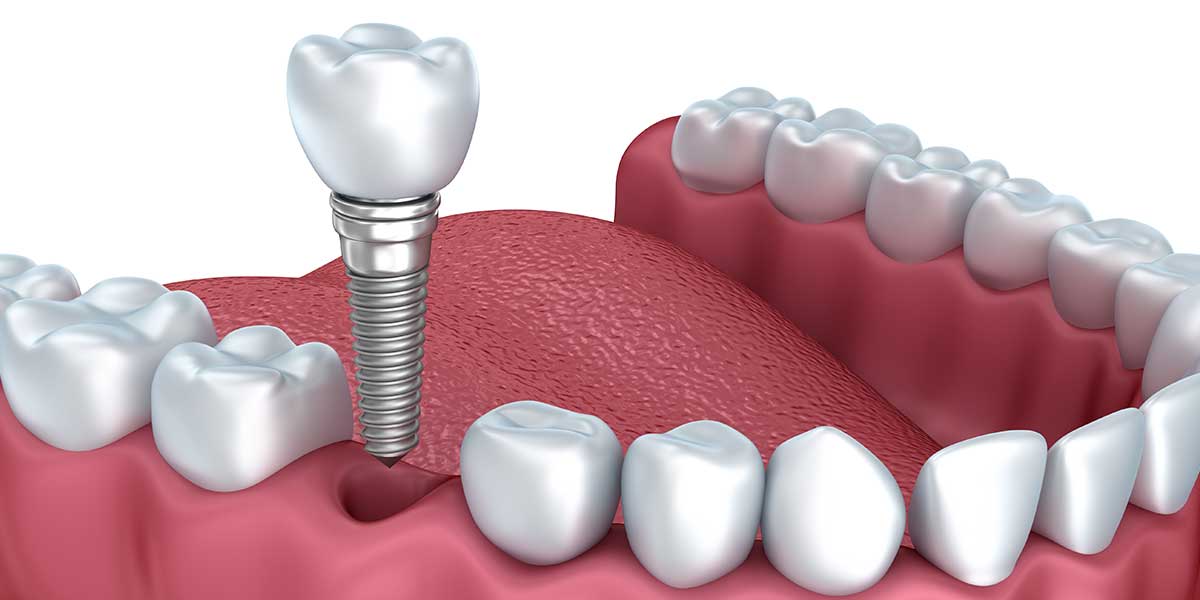Dental Implants
- Home
- Dental Implants

A dental implant is a structure that replaces a missing tooth. With screw-like devices, the surgeon inserts an implant into the jawbone, and it acts as an anchor for an artificial tooth, called a crown. A device called an abutment connects the artificial tooth to the dental implant. The crown is custom-made to fit the person’s mouth and match the color of their teeth. Crowns look, feel, and function like natural teeth. dental implants are not suitable for everyone. The implanting devices must bond with the jawbone, so a person’s bones must be healthy before they can undergo implant surgery.
The five different type of dental implants this post will detail include:
1.Osstem implant :-
Osstem Implant’s vision is to become the world’s number one implant company by 2023. While pursuing this challenge, the company also has to meet its product-compliance responsibilities. Its products have to comply with national and international requirements if Osstem Implant expects to gain global market share. “Rising scrutiny around healthrelated products forces us to devote much of our R&D to regulatory activities rather than on developing new products,” Kim Tae-yong, Head of Information Systems Management, Osstem Implant, said. “Gaining global market share calls for diversification and rapid delivery of innovative products to the consumer. Our regulation activities should not stand in the way of that. Satisfy regulatory requirements yes, but not at the expense of new product development.”
- The implant
- The abutment
- The restoration
Top dental implant brands
1.Straumann
Strauman, established in 1954, is a well-known Swiss implantology company. They do a great deal of research, dentistry manufacturing, and biomaterials. They also invest in dentistry software which makes them a leading actor on the market. They work in cooperation with research centers, universities, and some leading clinics.
Their productions are highly innovative, durable, and safe. They also provide dental professionals and clinics with restorative and surgical productions. Being a complete source of dentistry, many clinics and dental professionals prefer Straumann. However, being one of the best dental implant brands globally, the implant systems and other products of Straumann are relatively expensive.
2.Nobel Biocare (Danaher)
Nobel Biocare is a highly experienced company in dental implant systems. They are dedicated to providing better life quality to the patients. To this end, they explain their goal of empowering dental professionals all around the world.
The headquarter of the company is in Switzerland, and they produce their products in Japan, Sweden, and the U.S. Spreaded on the strategic locations in the world, Nobel Biocare provides over 80 countries with its products. Additionally, they offer training and education for dental professionals.
3.Implant Direct
Implant Direct is one of the pioneering dental implant brands allowing its customers to buy products online. The company offers training and education in addition to selling implants.
The implants are produced in a huge production facility in California, U.S. The company sells implants to 40+ countries directly or through distributors. Their implants offer high-quality prosthetic and restorative solutions.


